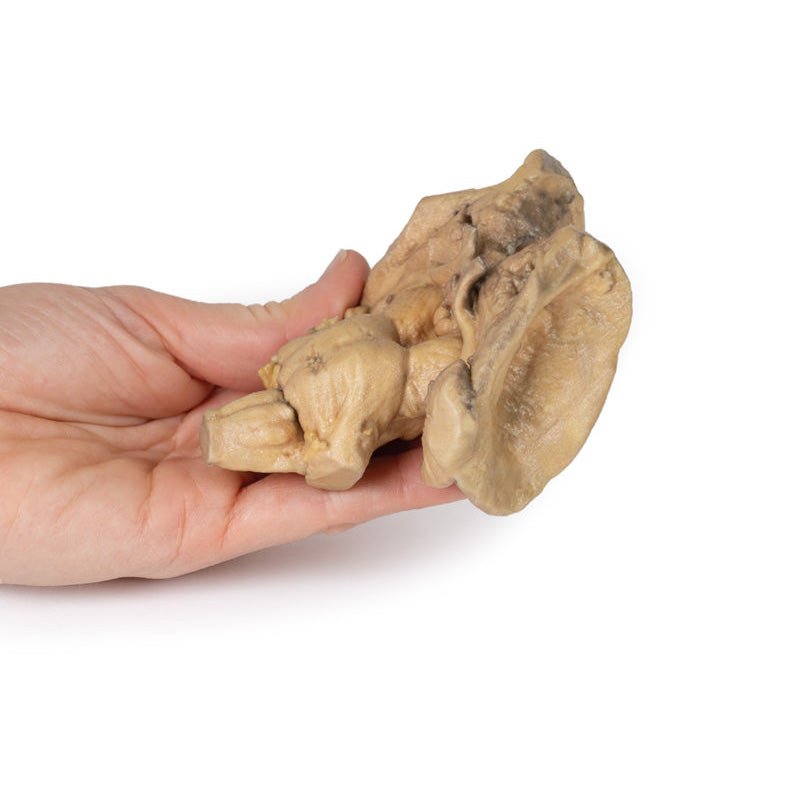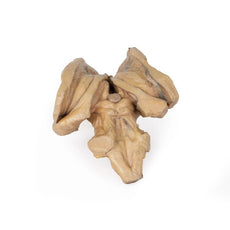Your shopping cart is empty.
3D Printed Brain Stem, Deep Cerebral and Diencephalic Structures
Item # MP1100Need an estimate?
Click Add To Quote

-
by
A trusted GT partner -
3D Printed Model
from a real specimen -
Gov't pricing
Available upon request
3D Printed Brain Stem, Deep Cerebral and Diencephalic Structures
This 3D model preserves the several deep cerebral and diencephalic structures through to the proximal medulla
oblongata and compliment the other isolated brainstem (BRW10) in our series.
Superiorly, on the right side of the
3D model, the lentiform (lenticular) nucleus is in place and the corona radiata of the internal capsule is seen
emerging around it. On the left, the lentiform nucleus is absent, but the caudate nucleus head and body are present
medially on both sides, wrapping medial to the preserved internal capsule margins and leading to the amygdaloid
bodies on each side. The thalami are present bilaterally, and the third ventricle is opened slightly in the midline
inferior to the epithalamus (pineal gland).
Anteriorly, the cerebral peduncles are present, with the optic nerves extending from the preserved chiasm and tracts. The interpeduncular region is exposed with both the mammillary bodies and the sectioned infundibulum visible. Caudal to the interpeduncular region is the pons preserving the origins of the middle cerebellar peduncles as well as the origins of cranial nerves V, VII, and VIII. The portion of the medulla oblongata preserved possesses prominent pyramids and olives.
Posteriorly, the superior and inferior colliculi sit just superior to the sectioned superior cerebellar peduncles, and the fourth ventricle is opened to expose the rhomboid fossa and features of the floor: the medial eminence, facial colliculus, hypoglossal triangle, the vestibular triangle and the vagal triangle.
Download: Handling Guidelines for 3D Printed Models
Handling Guidelines for 3D Printed Models
GTSimulators by Global Technologies
Erler Zimmer Authorized Dealer
The models are very detailed and delicate. With normal production machines you cannot realize such details like shown in these models.
The printer used is a color-plastic printer. This is the most suitable printer for these models.
The plastic material is already the best and most suitable material for these prints. (The other option would be a kind of gypsum, but this is way more fragile. You even cannot get them out of the printer without breaking them).The huge advantage of the prints is that they are very realistic as the data is coming from real human specimen. Nothing is shaped or stylized.
The users have to handle these prints with utmost care. They are not made for touching or bending any thin nerves, arteries, vessels etc. The 3D printed models should sit on a table and just rotated at the table.





































































